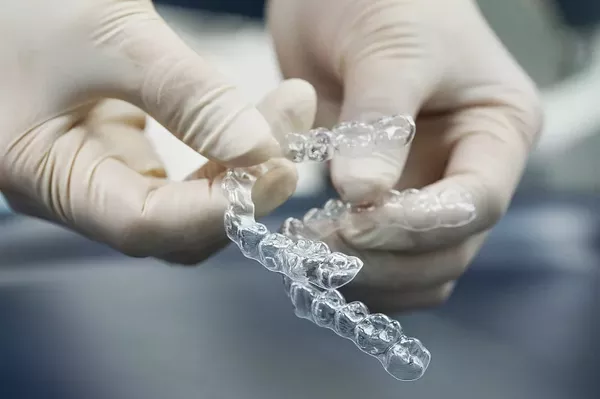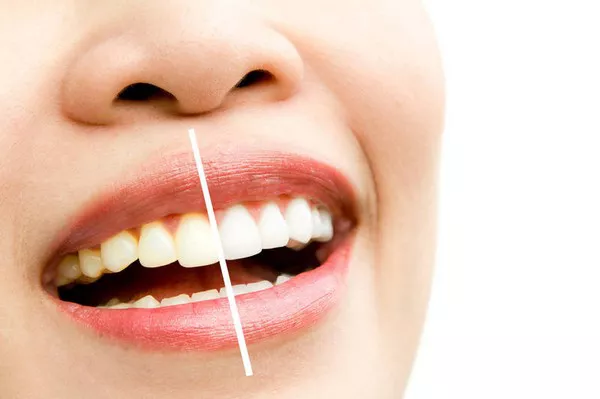A healthy smile is not just about pearly white teeth; it also depends on the health of the surrounding structures, particularly the gums and jawbone. When it comes to the supporting structures of the teeth, periodontists play a vital role. Periodontists are dental specialists who focus on the prevention, diagnosis, and treatment of periodontal (gum) diseases and the management of bone loss in the oral cavity. In this comprehensive article, we will explore what periodontists do for bone loss, the causes and consequences of bone loss, and the treatments and procedures they employ to address this issue.
Understanding Bone Loss in the Oral Cavity
The bones in the oral cavity, including the jawbone, provide essential support for teeth. However, bone loss in this area can occur due to various factors, primarily driven by periodontal diseases, tooth loss, or trauma. Here’s a closer look at some of the key causes and consequences of bone loss:
Causes of Bone Loss:
Periodontal Diseases: Gum diseases, such as gingivitis and periodontitis, can lead to bone loss when left untreated. Bacterial infection and inflammation can damage the supporting tissues, including the bone.
Tooth Loss: When a tooth is lost or extracted, the bone that once supported it can begin to resorb or shrink over time. This is known as “alveolar bone loss.”
Trauma or Injury: Traumatic injuries to the mouth or jaw can result in bone loss in the affected area.
Infections: Infections, cysts, or tumors in the oral cavity can lead to bone loss if not appropriately managed.
Consequences of Bone Loss:
Tooth Mobility: As bone loss progresses, teeth may become loose and mobile, affecting bite and functionality.
Aesthetic Changes: Severe bone loss can alter the facial appearance, leading to a sunken or aged look.
Difficulty Chewing: Reduced bone support can make chewing and biting challenging, affecting overall nutrition.
Tooth Misalignment: Adjacent teeth may shift into the space left by a missing tooth, leading to misalignment.
What Does a Periodontist Do for Bone Loss?
Periodontists are specialists trained to address issues related to the gums and supporting structures of the teeth, including bone loss. Here are some of the key ways in which periodontists manage and treat bone loss in the oral cavity:
Assessment and Diagnosis:
Periodontists begin by conducting a thorough assessment, including clinical examination, dental imaging (such as X-rays or CT scans), and reviewing the patient’s medical history.
They diagnose the extent and cause of bone loss to develop an appropriate treatment plan.
Non-Surgical Treatments:
In cases of mild to moderate bone loss, non-surgical treatments may be effective. These can include scaling and root planing to remove bacteria and tartar from below the gumline.
Periodontists may also employ techniques like root surface debridement or antimicrobial treatments to encourage healing and bone regeneration.
Surgical Procedures:
For more advanced bone loss, surgical interventions may be necessary. Periodontists perform procedures like bone grafting, guided tissue regeneration (GTR), or ridge preservation.
Bone grafting involves adding bone material to the affected area to stimulate new bone growth and restore support for teeth.
GTR involves using barriers or membranes to encourage the regeneration of bone and soft tissues.
Ridge preservation is performed after tooth extraction to minimize bone loss and maintain the bone’s structure for future dental implants.
Dental Implants:
Dental implants are a popular solution for replacing missing teeth and addressing bone loss. Periodontists are often involved in the placement of dental implants.
Implants are surgically inserted into the jawbone, providing stability and preventing further bone loss.
Periodontists ensure that the implant procedure is done correctly to optimize long-term success.
Ongoing Maintenance:
Periodontists emphasize the importance of ongoing maintenance and regular follow-up appointments to monitor the healing process and prevent recurrence of bone loss.
Conclusion
Periodontists play a crucial role in addressing bone loss in the oral cavity, which can have far-reaching consequences for oral health and overall well-being. Whether caused by periodontal diseases, tooth loss, trauma, or other factors, bone loss can be managed and treated effectively by periodontal specialists. Through a combination of diagnostic assessments, non-surgical and surgical interventions, and dental implant placement, periodontists work to restore bone structure, support teeth, and improve the overall oral health of their patients. If you suspect you have gum disease or are experiencing bone loss, seeking the expertise of a periodontist is a crucial step toward preserving your oral health and smile.
Related Topics:






























